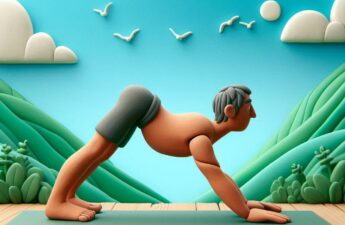Barbara Clements, UW Medicine
The running and hiking world has been abuzz after a small study from Duke was published recently.
It was widely reported as suggesting that wearing a neck gaiter – the tubular pieces of material favored by runners and hikers – was worse than wearing no mask at all, in terms of containing aerosol droplets that might spread COVID-19.
The study’s authors tried to walk back that interpretation, but the narrative has persisted.
UW Medicine’s Dr. Mark Harrast, who is also a runner, says any covering is better than none at all, including neck gaiters. On walking or hiking trails, where no one is around, masks are not necessarily needed unless it is so crowded that safe distance is hard to maintain. But on popular hiking areas or crowded bike/running trails, such as Lake Washington Boulevard, masks are needed, and that includes gaiters, he said.
“Out in the community, any type of face covering is going to do fine,” said Harrast, medical director of the Sports Medicine Center at Husky Stadium. “Some of the thinner gaiters may not be as good as coverings you’d see in the hospitals, but a Virginia Tech study just came out that showed if you simply double up the cloth on the gaiters – just fold it over – it’s very effective.”
Aside from masking up, Harrast said the key for runners and hikers is physical distancing. It’s important to keep that six-foot distancing in mind, wherever you are. Cyclists get a bit of a bye on masking, since they often ride solo, not in a pack, and move quickly around walkers and joggers.
Walkers, runners, and hikers should monitor safe distancing on a crowded lane or pathway. There is not one perfect face covering, Harrast added, but you need a mask that fits, so you won’t be adjusting it all the time.
“And if that is a gaiter, that is just fine,” he said.


